-
Posts
14,343 -
Joined
-
Last visited
-
Days Won
25
Content Type
Profiles
Forums
Blogs
Gallery
Events
Store
Posts posted by Ed_Haynes
-
-
 The "blank" reverse on that one has a ghost image of the letters from the center obverse as if this was stamped twice-- and turned over!
The "blank" reverse on that one has a ghost image of the letters from the center obverse as if this was stamped twice-- and turned over![attachmentid=32682]
It will be interesting to see if this was a "Bad Monday" production batch at this serial number range or one that is literally unique!
Maybe that's why they added that ugly patterned reverse to Type 2.2.3 and Type 2.2.4??

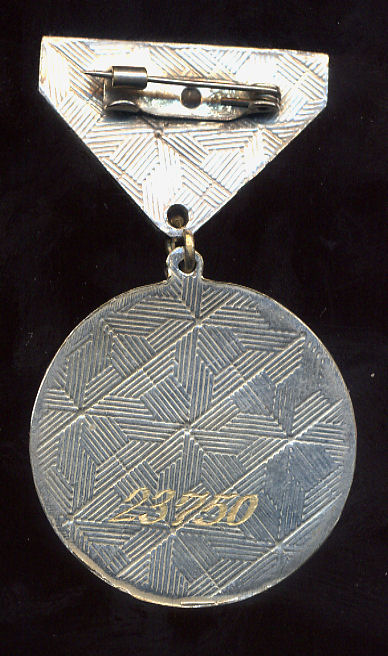
 0
0 -
Type 2.2.3
Is this numbering "official" or "unofficial"??
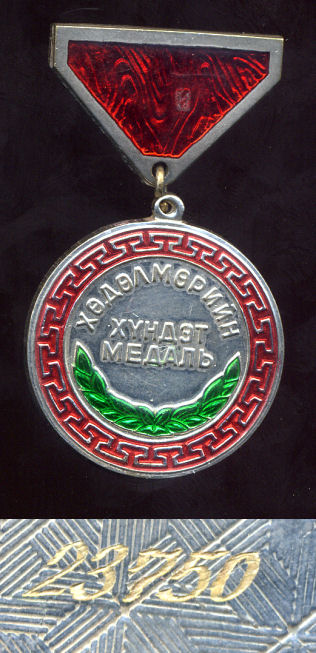
 0
0 -
Type 2.2.2
They get real ugly here.
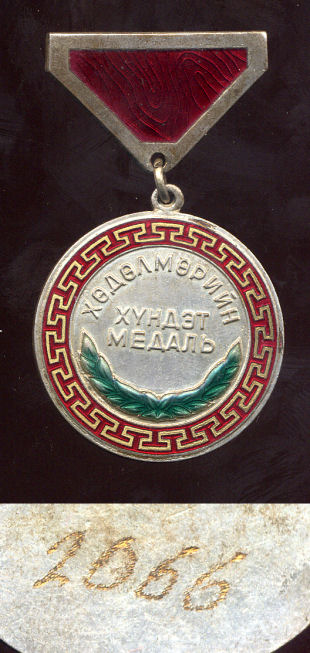
 0
0 -
Type 2.2.1
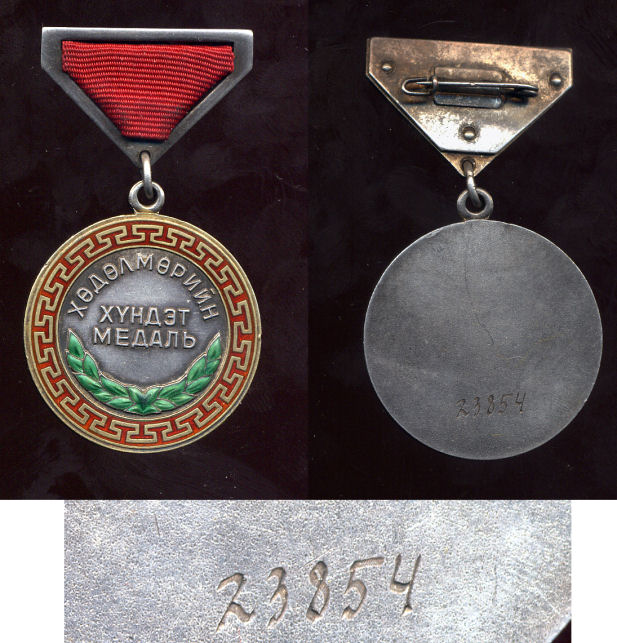
 0
0 -
Type 2.1.1
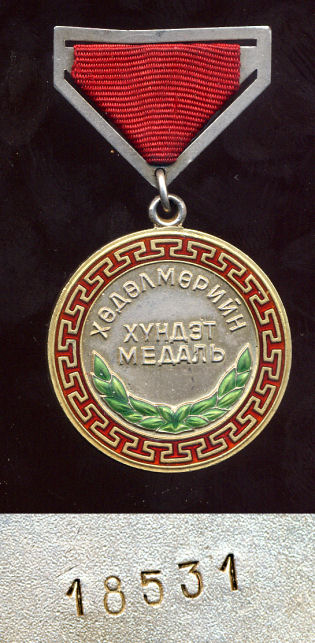
 0
0 -
Type 1.2

 0
0 -
Type 1.1
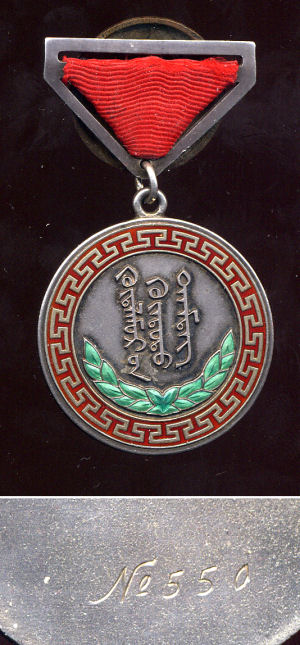
 0
0 -
I'm not very good with value questions. One of the reliable/rational dealers has one now for $25 with (blank) document. Does that help?
All questions welcome always. In this case, amazingly, there were some answers!
 0
0 -
I do admit to having a problem with these -- I can't decide which is nicer, the medals or their cases!
 0
0 -
Nice things.
0 -
$10-12K in Moscow
Plus how much to get it out ???
 0
0 -
Here's the original and a vary nasty online translation of the statutes:
The Statute of an award of Stalin.
1. Stalin's award awards the citizens of the Soviet Union who has shown heroism in struggle against an antinational mode, and also the citizens who have brought in the contribution to restoration of uniform Soviet space, construction of socialism, in restoration of industrial potential, an agriculture, in strengthening defensibility and safety of the country, in development of a science and culture, in strengthening friendship between peoples.
2. Rewarding Stalin's by award is made on the basis of the Decree of Constant Presidium of Congress of People's Deputies of the USSR from March, 4, 1998.
3. The right on promotion of candidates for rewarding is given labour collectives, the veteran organizations, left - patriotic parties(sets) and movements.
4. Stalin's award carry on the left party(side) of a breast: on a rank - the second after award Ленина.
The Description of an award of Stalin.
Stalin's Award represents the mark representing a gilt portrait - medallion And. In. Stalin in маршальской to the form with a star of the Hero of Socialist Work of the USSR. The portrait is placed in an oval, обрамленный by a gold wreath from ears пшеницы. The dark grey enamel background around of a portrait - medallion smooth also is limited gold ободком with a beads.
In the top part of a wreath - five-pointed, red enamel a star, in the bottom part - in a pentagon - a sickle and молот. The wreath is twisted with a red enamel tape with an inscription gold letters in the bottom part above a pentagon: "Stalin". The award is made of silver with gilding. Height of an award of 45 mm, width - 37 mm.
The award with the help ушка and rings incorporates with pentagonal колодочкой, the fitted silk moire tape in width of 24 mm. In the middle of a tape a red longitudinal strip in width of 16 mm, on edges(territories) of an average strip - two gold strips in width on 1.5 mm, are closer to edges(territories) of a tape - black than a strip in width of 1.5 mm and on edges(territories) - two strips of golden color in width on 1 mm.
Статут ордена Сталина.
1. Орденом Сталина награждаются граждане Советского Союза, проявившие героизм в борьбе с антинародным режимом, а также граждане, внесшие вклад в восстановление единого советского пространства, построение социализма, в восстановление промышленного потенциала, сельского хозяйства, в укреплении обороноспособности и безопасности страны, в развитие науки и культуры, в укрепление дружбы между народами.
2. Награждение орденом Сталина производится на основе Указа Постоянного Президиума Съезда народных депутатов СССР от 4 марта 1998 года.
3. Право на выдвижение кандидатов на награждение предоставляется трудовым коллективам, ветеранским организациям, лево-патриотическим партиям и движениям.
4. Орден Сталина носят на левой стороне груди: по рангу ? вторым после ордена Ленина.
Описание ордена Сталина.
Орден Сталина представляет собой знак, изображающий позолоченный портрет-медальон И. В. Сталина в маршальской форме со звездой Героя Социалистического Труда СССР. Портрет помещен в овал, обрамленный золотым венком из колосьев пшеницы. Темно-серый эмалевый фон вокруг портрета-медальона гладкий и ограничен золотым ободком с бусами.
В верхней части венка ? пятиконечная, красной эмали звезда, в нижней части ? в пятиугольнике ? серп и молот. Венок обвивает красная эмалевая лента с надписью золотыми буквами в нижней части над пятиугольником: ?Сталин?. Орден изготовлен из серебра с позолотой. Высота ордена 45 мм, ширина ? 37 мм.
Орден при помощи ушка и кольца соединяется с пятиугольной колодочкой, обтянутой шелковой муаровой лентой шириной 24 мм. Посередине ленты красная продольная полоса шириной 16 мм, по краям средней полосы ? две золотые полоски шириной по 1.5 мм, ближе к краям ленты ? черные полоски шириной 1.5 мм и по краям ? две полоски золотистого цвета шириной по 1 мм.
0 -
Easy, the Order of Stalin. An "Umalatova Decoration", awarded by the Ex-Presidium of the Supreme Soviet.
0 -
Still unclear why Japanese awards are viewed as "Axis" rather than "International"? Not everything is WWII. Should these Japanese threads not be moved??
0 -
Tamgha-i-Jamhuria 1375 / Republic Medal, 1956
Awarded to commemorate the inauguration of the Republic of Pakistan, 23 March 1956. Awarded to members of the Pakistani armed forces, police forces, selected civilian officials, and selected non-officials. The medal was also awarded in gold to heads of foreign delegations attending the inauguration ceremonies as official State representatives.
To quote the full statutes, the medal was awarded:
?to the following Members of the Armed Forces of Pakistan who were in service on the twenty third day of March 1956; including persons who on that day were on leave of any kind pending retirement provided that they had been struck off the strength on or before that day:?
"(a) Officers, Officer Cadets (enrolled), Junior Commissioned Officers, Chief Petty Officers, Warrant Officers, Non-Commissioned Officers, Other Ranks and Non-Combattants (enrolled) of the three Services and of other Armed Forces of the Federation such as the Frontier Corps;
"(b) The Rulers of the former Acceeding States and States now forming part of the Special Areas as defined in clause (1) of Article 218 of the Constitution;
"(c ) Members of the forces which were formerly State Forces of the States now forming part of the Special Areas;
"(d) British subjects, and others, serving as Officers, Warrant Officers, ratings, other ranks or airmen, with the Armed Forces of Pakistan;
"(e) Full-time members of the Police Forces of the Provinces of Pakistan and the Federal Capital, the Frontier Constabulary, the Civil Armed Forces and the East Pakistan Rifles;
"(f) Members of the Armed Forces Nursing Service and the Auxiliary Nursing Service.?
Established: No.F.40(2)/Pres./57 of 16 March 1957, by the President of Pakistan, with conditions of award set in No.40(2)/Pres./57 of 21 March 1957.
Obverse: 37-mm circular gold or copper-nickel medal. Within a wreath, calligraphic inscription ?Jamhuria Islamia Pakistan? or ?The Islamic Republic of Pakistan?. The medal is suspended from an ornate straight-bar swiveling suspender. The medal is almost always encountered unnamed.
Reverse: The date of the establishment of Pakistan as a republic. In the center, straight across, in English ?23rd MARCH 1956?, above, curved, the same date in Urdu ?9 Shaaban-ul-Muazzam 1375?, and below, curved, in Bengali ?Jamhuria Islamia Pakistan? or ?The Islamic Republic of Pakistan?.
Ribbon: 32 mm, equal stripes of green, red, black, and white. Green 8 mm, red 8 mm, black 8 mm white 8 mm.
While the gold medal is called for, I have never seen or heard of one in captivity.
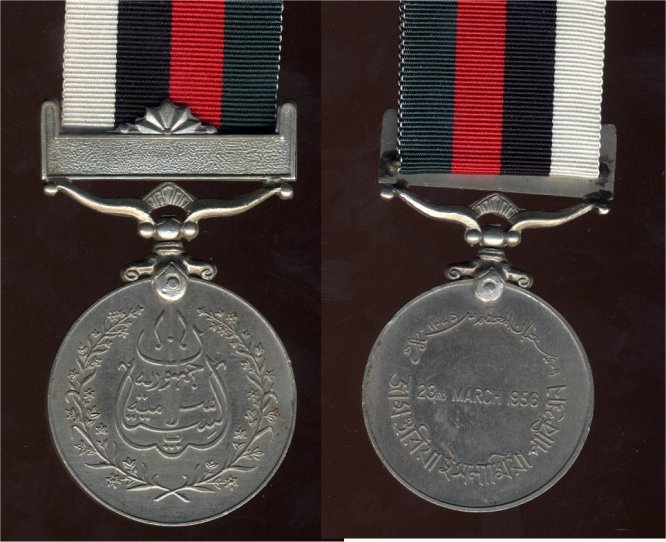
 0
0 -
Version 1.1. Far less than perfect - help!!!
0 -
A rather poor-quality (sorry) paste-up of the clasps, in the order given above.
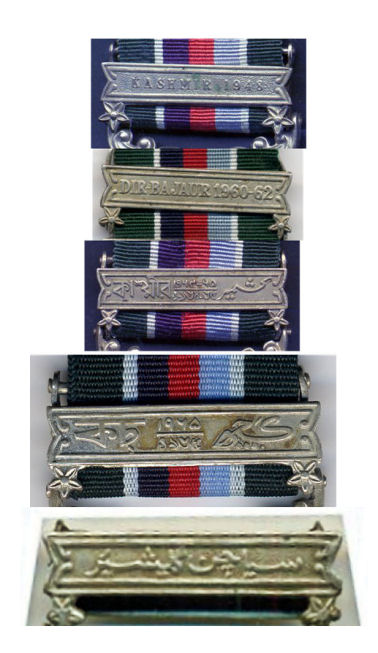
 0
0 -
Tamgha-i-Diffa, 1948--
The Pakistani continuation of the general service medal tradition came in 1957 (after attaining status as a republic) when the Tamgha-i-Diffa (Medal of Service) was established by notification No.F.40(3)/Pres./57 of 16 March 1957, by the President of Pakistan. As with India, there had been pre-republic discussion of the medal, and a draft warrant and design - with the cipher of Queen Elizabeth II! - had been drawn up but was never instituted.
Obverse: A 36-mm circular copper-nickel medal. Star and crescent in the center, surrounded by a wreath. Above, the inscription in Urdu ?Khidmat-i-Pakistan? or ?The Service of Pakistan.? Suspended from an ornate straight-bar swiveling suspender and a clasp with the campaign relevant to the award; bars both in English and bilingual bars in Urdu/Bengali have been seen. The medal is rarely seen named. The medal has also been seen and reported in gilt, but this seems to be a totally unofficial modification. The ribbon is 33 mm, green, with central stripes of dark blue, red, light blue, edged with thinner white stripes. Green 7 mm, white 2 mm, dark blue 5 mm, red 5 mm, light blue 5 mm, white 2 mm, green 7 mm.
Reverse: Plain, open circle in the center.
Clasps:
1- Kashmir-1948 ? monolingual in English ? For the October 1947-1 January 1949 first Indo-Pakistani war over Kashmir.
2- Dir-Bajaur 1960-62 - monolingual in English ? For the suppression of "tribal" rebellions in the North-West Frontier Province
3- Kashmir 1964-65 - bilingual in Urdu and Bengali - For border clashes in Kashmir preliminary to the 1965 Indo-Pakistani War.
4- Kutch 1965 ? bilingual in Urdu and Bengali ? For border clashes in the Rann of Kutch preliminary to the 1965 Indo-Pakistani War.
5- Siachen - the clasp has not been seen, but is known to exist - For the Indo-Pakistani "confrontation" on the Siachen Glacier.
None of these are officially named, though a very few have unofficial naming.

 0
0 -
One of the dealers -- not The Usual One -- has an impressive group on offer now
http://www.russian-medals.net/vasyagin.htm
with the Mongolian 50 MPR (A46), 50 MPA (A47), and #) KG (A 45) medals all on Soviet pentagonal suspensions, but teh the generic red we-don't-know-or-care-what-the-right-ribbon-is ribbon. It's be hidden away anyway. Also 2 RCBs.
If you have a spare $49K. Ha ha ha ha . . . .
0 -
I'm never certain how far to go down the road of sub-varieties and sub-sub-varieties. It can all get pretty arcane. And, until we know more from the archives on the actual manufacturing history and manufacturing sources, it will be hard to anchor what we see (or think we see) back into historical reality.
It could get complex if/as we decide to chase lower order varieties for these two medals, but it could get far (far!) worse should we ever decide to confront the motherhood awards??
What fun.
 0
0 -
I couldn'd find another thread, oddly enough, so post here please. I shall get my babies all in hand over the weekend and post what I can as well.
I'm not sure this Type 2.1 makes logical sense, but I retain it here subject to clarification.
Have fixed early-morning typing errors in the initial post.
0 -
I think so too and there is lot of empty space on his turban

haynau
Yes, and for a nihang, his turban is pretty sparsely-decorated.
0 -
Encouraged by this, see: http://gmic.co.uk/index.php?showtopic=6999
0 -
We have individual threads for most of the awards but not, it seems, tor the two most common, the Honorary Medal of Compat and the Honorary Medal of Labor. Why not start them?
What Jan and I show, subject to revision and correction, is:
A 38.1/M 21.1 - Type 1.1 (Screwback, Uigur, numbered ?No.?); Low = 214/High = 985; 1941-??
A 38.1/M 21.1 - Type 1.2 (Screwback, Uigur, SN without prefix, seperately soldered ring); Low = 1569/High = 11953; 1946-56
M 21.1 - Type 1.3 (Screwback, Uigur, SN with "No" prefix above the SN); Low = 10663/High = 10668; 19??-??
M 21.1 - Type 1.4 (Screwback, Uigur, SN without prefix, ring part of the medal); Low = 12001/High = 16525; 1961-63
A 38.2/M 21.2 - Type 2.1.1 (Screwback, Cyrillic, impressed number); Low = 16785/High = 21521; 1966-??
M 21.2 - Type 2 1.2 (Screwback, Cyrillic, engraved number); Low = ??/High = ??; 19??-??
A 38.3/M 21.2 - Type 2.2.1 (Pinback, ribbon); Low = 23854/High = 35869; 19??-??
A 38.4/M 21.2 - Type 2.2.2 (Pinback, enameled ribbon, silver); Low = 737/High = 4892; 19??-??
A 38.5/M 21.2 - Type 2.2.3 (Pinback, enameled ribbon, silvered bronze); Low = ??/High = 23750; 19??-??
A 38.6/M 21.2 - Type 2.2.4 (Pinback, enameled ribbon, silvered bronze, unnumbered?); 19??-??
0




Pedestrian for this forum . . .
in Germany: Imperial: The Orders, Decorations and Medals of The Imperial German States
Posted
"Slip slidin' away . . . ."